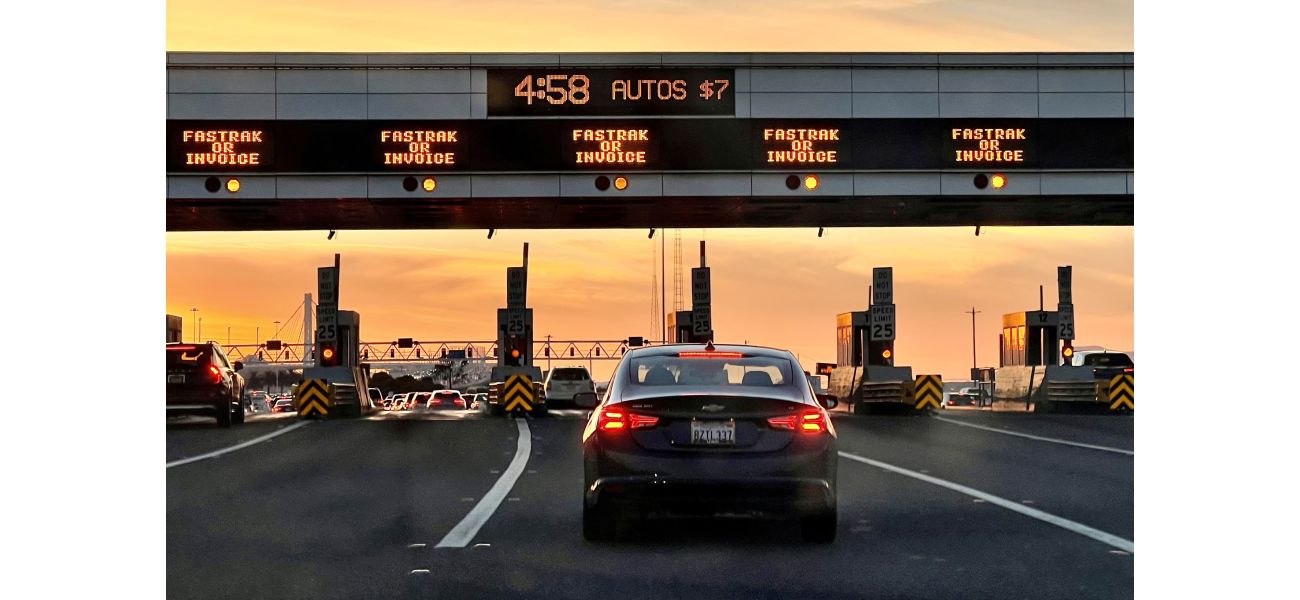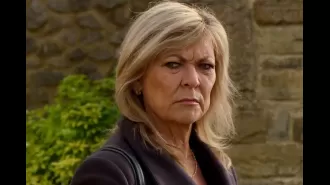Bay Area bridges may see increased tolls if proposed hikes are approved.
A plan to gradually raise tolls over the next 5 years is being considered by the Bay Area Toll Authority.
October 26th 2024.

It looks like crossing the Bay Area by bridge is going to become even more expensive in the coming years. The tolls on the seven state-owned bridges in the region are expected to increase, potentially reaching $11.50 for some drivers by 2030.
The Bay Area Toll Authority has put forward a proposal to gradually raise the tolls for FasTrak users, starting with an initial increase to $8.50 in January 2026. This would apply to drivers crossing the Bay, Antioch, Benicia, Carquinez, Dumbarton, Richmond-San Rafael, and San Mateo bridges. In the following years, the tolls would continue to rise, reaching $9 in 2027, $9.50 in 2028, $10 in 2029, and $10.50 in 2030. Those without FasTrak transponders may face even higher tolls.
As if that wasn't enough, there is already a toll increase scheduled for January 1st, 2022, which will see the toll for FasTrak users go from $7 to $8. This was announced previously and will not be affected by the current proposal. It's important to note that the Golden Gate Bridge is not included in this proposal as it is managed separately by the Golden Gate Bridge, Highway and Transportation District. However, tolls on the iconic bridge have also been raised recently and may continue to increase due to decreased traffic during the pandemic.
The Metropolitan Transportation Commission, which oversees the state-owned bridge system, has stated that the toll hikes are necessary to cover the costs of maintenance, rehabilitation, and operation of the bridges. The proposed increase is estimated to generate around $60 million in the first year and $300 million annually once the toll reaches $2.50 in 2030. Additionally, the commission hopes that the higher tolls will encourage more drivers to use FasTrak, as it has a lower administrative cost compared to other payment methods.
The pandemic has played a role in the proposed toll hikes, as there has been a 10% decrease in bridge users since its onset. MTC spokesperson John Goodwin explains that the toll increase was originally planned for 2027, but the pandemic has accelerated the need for more revenue. He acknowledges that daily bridge users will be the most affected by the increase, but assures that this is a small percentage of overall bridge users.
County Supervisor and chair of both the transportation commission and toll authority, Alfredo Pedroza, understands the impact this increase will have on working families in the Bay Area. He acknowledges that it will affect not just transportation costs, but also everyday expenses such as utilities, groceries, and raising children. However, he believes that it is the right decision for the long-term maintenance and operation of the bridges.
It's important to note that this proposed toll increase is separate from the $3 increase approved by Bay Area voters in 2018 through Regional Measure 3. This additional toll was intended to fund improvements to highways and public transportation in the region. The first two $1 toll increases have already been implemented, with the final one scheduled for January 2022, bringing the total toll for cars and trucks to $8.
The toll authority and MTC are inviting the public to share their thoughts on the proposed toll increase during a comment period from November 4th to December 3rd. They will also be hosting a public webinar on November 13th to provide more information and a public hearing on November 20th to hear testimony about the proposal. Comments can be submitted via email to [email protected].
The Bay Area Toll Authority has put forward a proposal to gradually raise the tolls for FasTrak users, starting with an initial increase to $8.50 in January 2026. This would apply to drivers crossing the Bay, Antioch, Benicia, Carquinez, Dumbarton, Richmond-San Rafael, and San Mateo bridges. In the following years, the tolls would continue to rise, reaching $9 in 2027, $9.50 in 2028, $10 in 2029, and $10.50 in 2030. Those without FasTrak transponders may face even higher tolls.
As if that wasn't enough, there is already a toll increase scheduled for January 1st, 2022, which will see the toll for FasTrak users go from $7 to $8. This was announced previously and will not be affected by the current proposal. It's important to note that the Golden Gate Bridge is not included in this proposal as it is managed separately by the Golden Gate Bridge, Highway and Transportation District. However, tolls on the iconic bridge have also been raised recently and may continue to increase due to decreased traffic during the pandemic.
The Metropolitan Transportation Commission, which oversees the state-owned bridge system, has stated that the toll hikes are necessary to cover the costs of maintenance, rehabilitation, and operation of the bridges. The proposed increase is estimated to generate around $60 million in the first year and $300 million annually once the toll reaches $2.50 in 2030. Additionally, the commission hopes that the higher tolls will encourage more drivers to use FasTrak, as it has a lower administrative cost compared to other payment methods.
The pandemic has played a role in the proposed toll hikes, as there has been a 10% decrease in bridge users since its onset. MTC spokesperson John Goodwin explains that the toll increase was originally planned for 2027, but the pandemic has accelerated the need for more revenue. He acknowledges that daily bridge users will be the most affected by the increase, but assures that this is a small percentage of overall bridge users.
County Supervisor and chair of both the transportation commission and toll authority, Alfredo Pedroza, understands the impact this increase will have on working families in the Bay Area. He acknowledges that it will affect not just transportation costs, but also everyday expenses such as utilities, groceries, and raising children. However, he believes that it is the right decision for the long-term maintenance and operation of the bridges.
It's important to note that this proposed toll increase is separate from the $3 increase approved by Bay Area voters in 2018 through Regional Measure 3. This additional toll was intended to fund improvements to highways and public transportation in the region. The first two $1 toll increases have already been implemented, with the final one scheduled for January 2022, bringing the total toll for cars and trucks to $8.
The toll authority and MTC are inviting the public to share their thoughts on the proposed toll increase during a comment period from November 4th to December 3rd. They will also be hosting a public webinar on November 13th to provide more information and a public hearing on November 20th to hear testimony about the proposal. Comments can be submitted via email to [email protected].
[This article has been trending online recently and has been generated with AI. Your feed is customized.]
[Generative AI is experimental.]
0
0
Submit Comment





